Name the Two Distinct Classes of Cancer Causing Genes:
Inherited mutations in the BRCA1 and BRCA2 genes are associated with hereditary breast and ovarian cancer syndrome which is a disorder marked by an increased lifetime risk of breast and ovarian cancers in women. Health disparities in the US are a recognized phenomenon that has been well documented in the literature Fig.
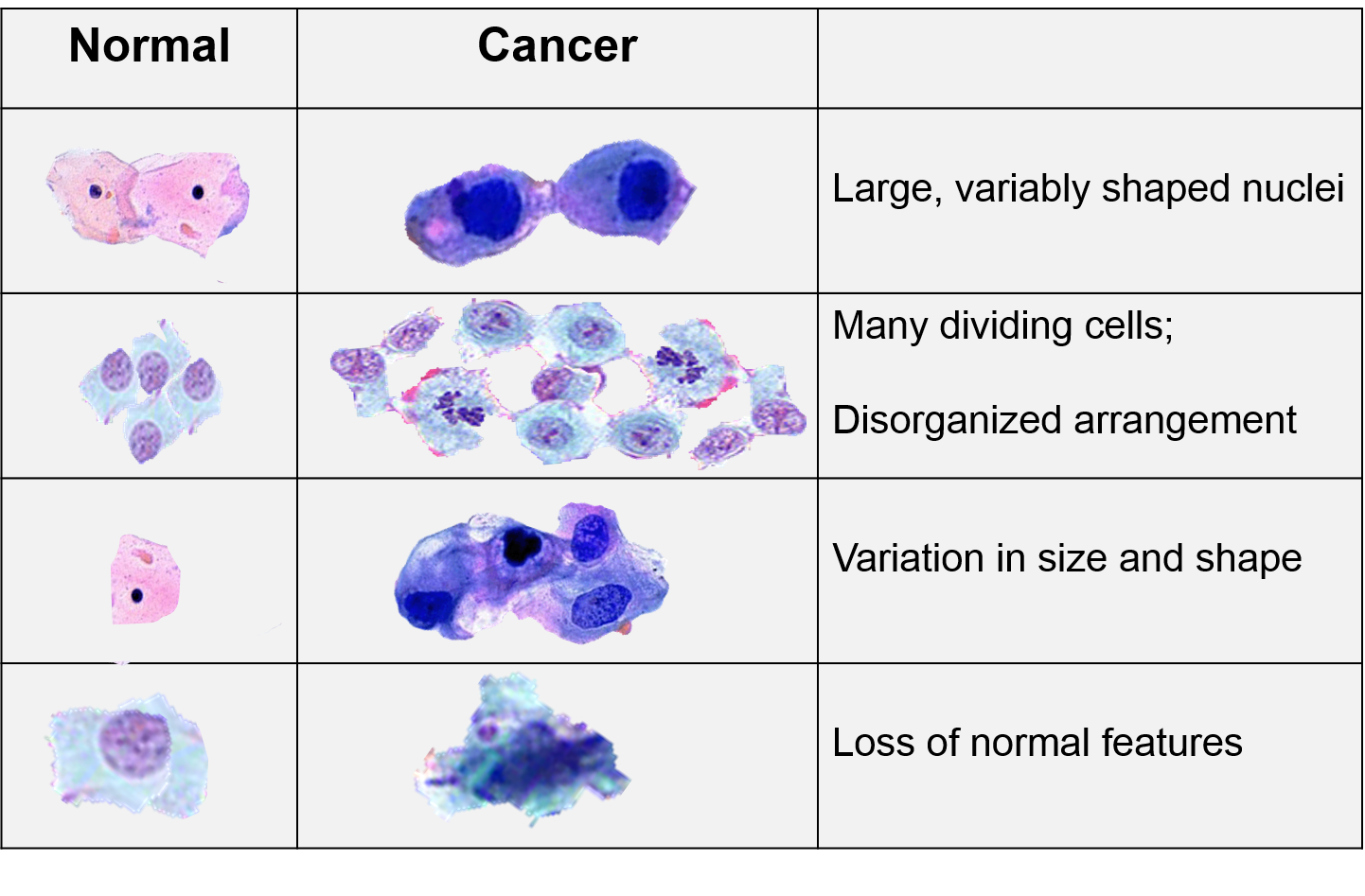
Characteristics Of Cancer Cells
Some types of cancer are more likely to be hereditary.

. They occur from damage to genes in a particular cell during a persons life. But this risk is much lower than the risk. Cells have more than one brake more than one tumor suppressor gene.
Terms in this set 49 Define Cancer. Still the end result is similar. BRCA1 and BRCA2 are two different genes that have been found to impact a persons chances of developing breast cancer.
In other cases however a different set of genes not necessarily linked to cancer formation turns on. In some cases cancer genes turn on and these mutations are thus linked to aggressive forms of neuroendocrine tumors neuroblastomas and leukemias to name a few. For example this could be a breast cell or a colon cell which then goes on to divide many times and form a tumor.
There are two types of genes that when mutated or otherwise changed can increase the risk that cancer will develop. Note that by convention gene names are italicized and the proteins they make are not. There are 2 basic types of genetic mutations.
Some of these genetic changes occur naturally when DNA is replicated during the process of cell division. Cancer-Causing Substances in the Environment. Almost 45 in every 100 people almost 45 with a faulty BRCA1 gene will develop ovarian cancer by the age of 80.
Commonly three types of treatment are available for cancer. Faulty BRCA1 and BRCA2 genes can also increase your risk of developing prostate and pancreatic cancer. Proto-oncogenes are genes that normally help cells grow.
Cancer causing viruses are called oncogenic viruses have genes called viral oncogenes. Proto-oncogene A gene that codes for a protein that helps cells divide normally. - Occurs due to the accumulation of a number of.
The mutated or otherwise damaged versions of these genes are called oncogenes. Surgery Surgically removing localized cancerous mass Effective for benign tumours Radiation therapy In this therapy radiation is used to kill the cancer cells. 1Discrepancies between African American and white lung cancer patient populations are supported by data from the 2000-2008 Surveillance Epidemiology and End.
Several other cancers have been associated with this syndrome including pancreatic and prostate cancers as well as male breast cancer. During cell division the DNA in a cell makes a copy replica of itself. But others are the result of environmental exposures that damage DNA.
Despite what their names might suggest BRCA genes do not cause breast cancer. Tumor suppressor genes Genes that code for proteins that monitor and check cell cycle progression. Genes are turned on or off at the wrong time.
Ongoing research is helping identify the genes that are responsible for this inherited increased risk. Chemotherapy Chemotherapeutic drugs are used to kill cancer cells. In fact these genes.
These are the most common cause of cancer. A tumor is an abnormal mass. And its the combination of mutations in oncogenes and tumor suppressor genes sequential accumulation of those mutations that eventually results in a full-blown cancer.
Hereditary Cancer Genes and Risk Genes by Cancer Types 1 By Gene Mutation 2 Genes by Cancer Types 3 Genes by Syndrome Genes with mutations linked to hereditary cancer risk Inherited mutations have been linked to many different types of mutations. Below are a number of other. 1 directly regulating cell proliferation could be either promoting or inhibiting 2 controlling apoptosis 3 repairing of damaged DNA.
These types of genes are grouped into two general categories. Race and Lung Cancer Outcome Disparities among Different Populations. As an example TP53 refers to the gene and p53 refers to the protein.
Every human has both the BRCA1 and BRCA2 genes. - A disease of the ELDERLY. When a proto-oncogene mutates changes or there are too many copies of it it becomes a bad gene that can become permanently turned on or activated when it is not supposed to be.
During this complex process mistakes may happen. Oncogenes and tumor suppressor genes. This is almost 20 in every 100 people almost 20 with a faulty BRCA2 gene.
BRCA1 and BRCA2 gene mutations are currently the best-known and most discussed genetic risk factors but new genetic links are being discovered regularly. The name BRCA is an abbreviation for BReast CAncer gene. Two of the main types of genes that play a role in cancer are oncogenes and tumor suppressor genes.
Oncogenic virus Detection of cancer- Biopsy and histo-pathological study of the tissues. A combination of changes in both of these genes is frequently involved in the development of cancer. A complex disease affecting many different cells and tissue.
Oncogene A mutated and overactive form of a proto-oncogene. Tumour Suppressor Genes. Cancer is caused by the accumulation of genetic and epigenetic mutations in genes whose products have a role in.
When these genes mutate tumor suppressor proteins lose normal function. Now theres one other class of genes which contributes to cancer this class is called stability genes. But most mutations in tumor suppressor genes are not inherited.
Carcinogens are a type of mutagen. Prostate and pancreatic cancer. Most of the genes linked to hereditary cancer are tumor suppressor genes.
Cellular oncogenes or proto-oncogenes in normal cells when get activated lead to oncogenic transformation of normal cells. Family history is one of the unavoidable genetic risk factors for developing breast cancer. Cancer is caused by changes to certain genes that alter the way our cells function.
Many chemical drugs have side effects in.
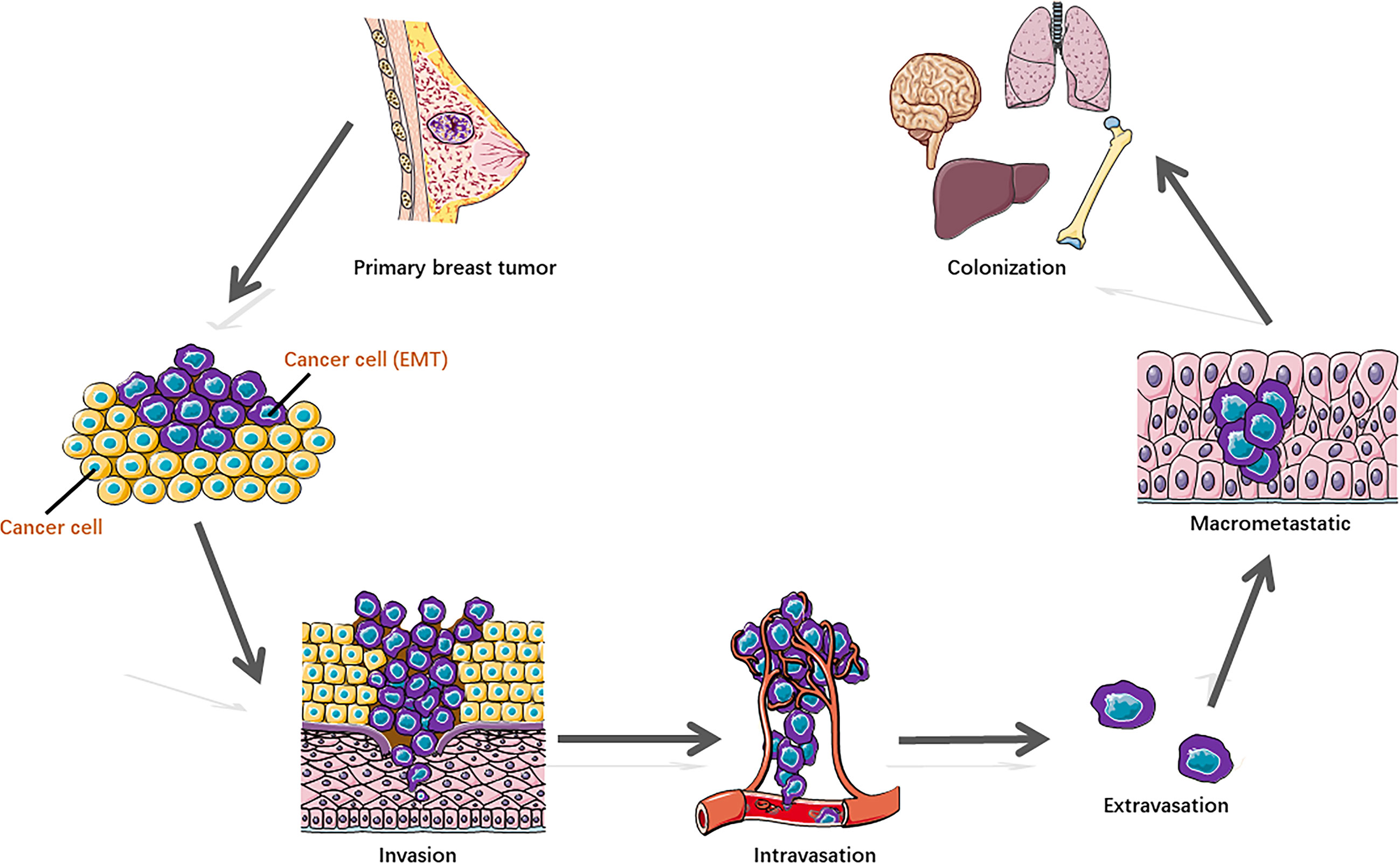
Frontiers E3 Ubiquitin Ligases In Breast Cancer Metastasis A Systematic Review Of Pathogenic Functions And Clinical Implications Oncology

Cancer Cells Vs Normal Cells Technology Networks

Chromosomal Instability And Aneuploidy As Causes Of Cancer Drug Resistance Trends In Cancer

Mutophage Class For Dnd 5e Imgur Dungeons And Dragons Classes Dnd Classes D D Dungeons And Dragons
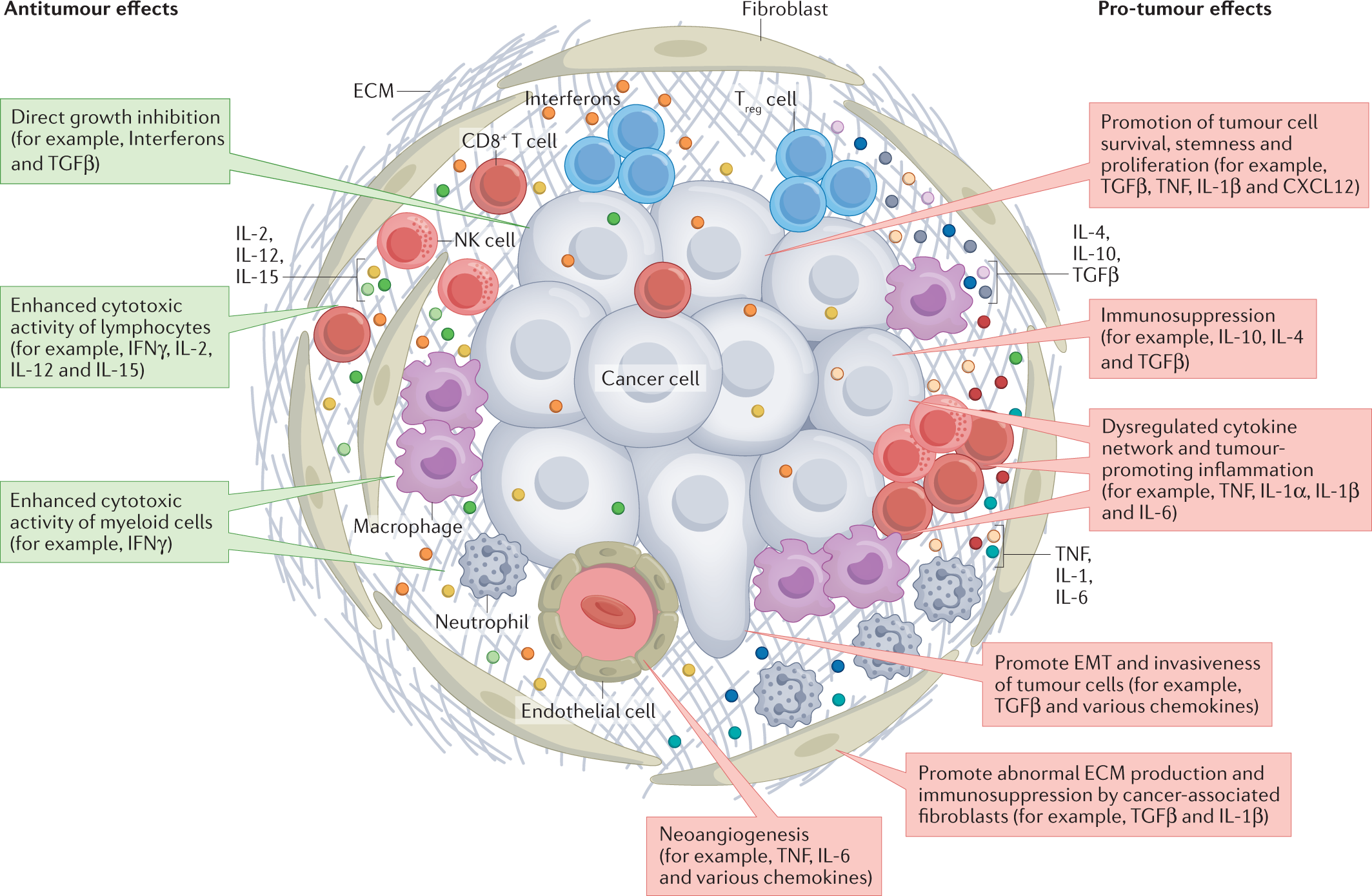
Harnessing Cytokines And Chemokines For Cancer Therapy Nature Reviews Clinical Oncology

Tj The Ras Gene Product Is A Monomeric Membrane Localized G Protein Of 21 Kd That Functions As A Molecular Switch Link Cell Biology Medical Education Tyrosine
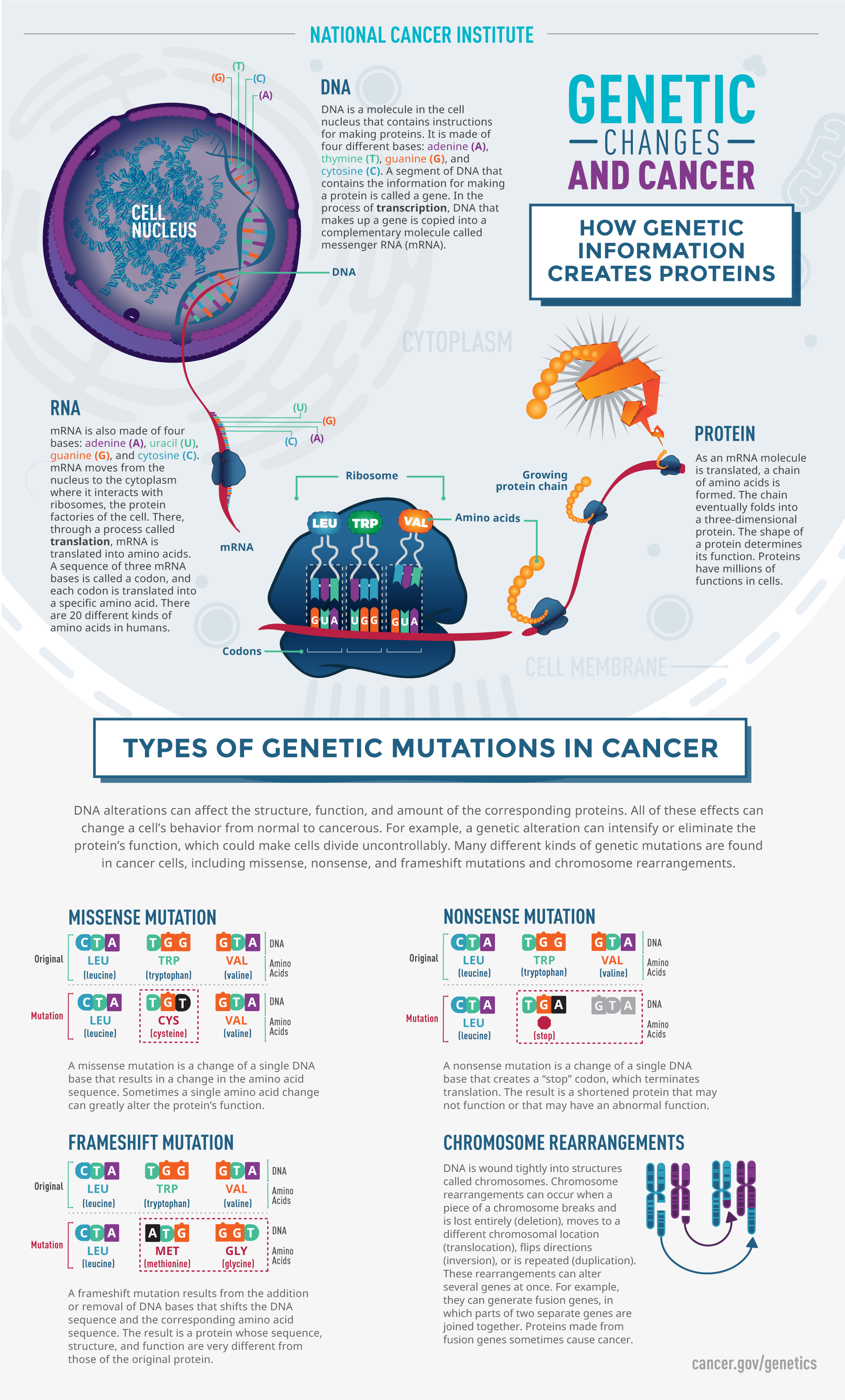
The Genetics Of Cancer Cancer Net

Is Cancer Biology Different In Older Patients The Lancet Healthy Longevity

Avoidance Or Adaptation Of Radiotherapy In Patients With Cancer With Li Fraumeni And Heritable Tp53 Related Cancer Syndromes The Lancet Oncology

Medial Surface Of The Lungs The Medial Mediastinal Surfaces Of The Right And Left Lungs Present Concave Mirror Images O Lunges Lung Anatomy Medical Anatomy
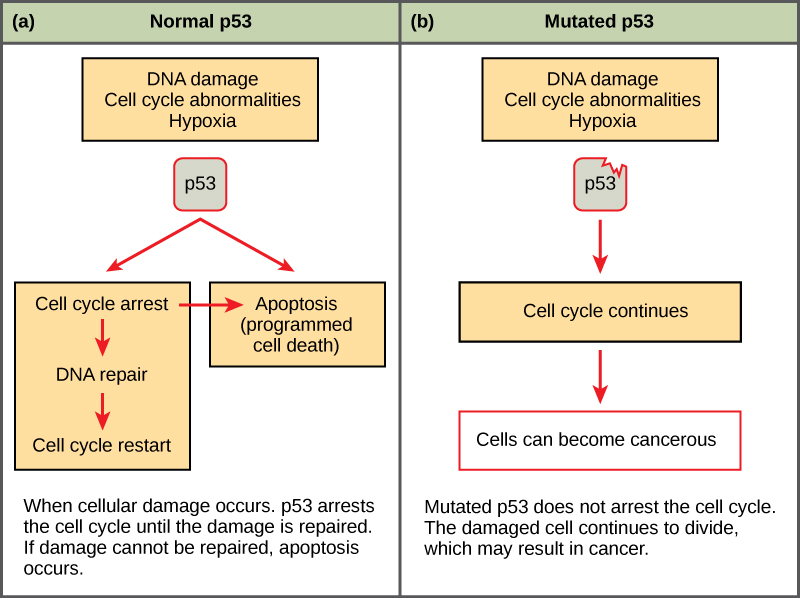
6 3 Cancer And The Cell Cycle Concepts Of Biology 1st Canadian Edition

Nice Guide To Informed Consent This Is Specifically About Giving Birth But It Works Nicely For Social S Informed Consent Birth Quotes Social Science Research

Are Black Garlic Benefits Even More Than Raw Garlic Black Garlic Garlic Benefits Garlic
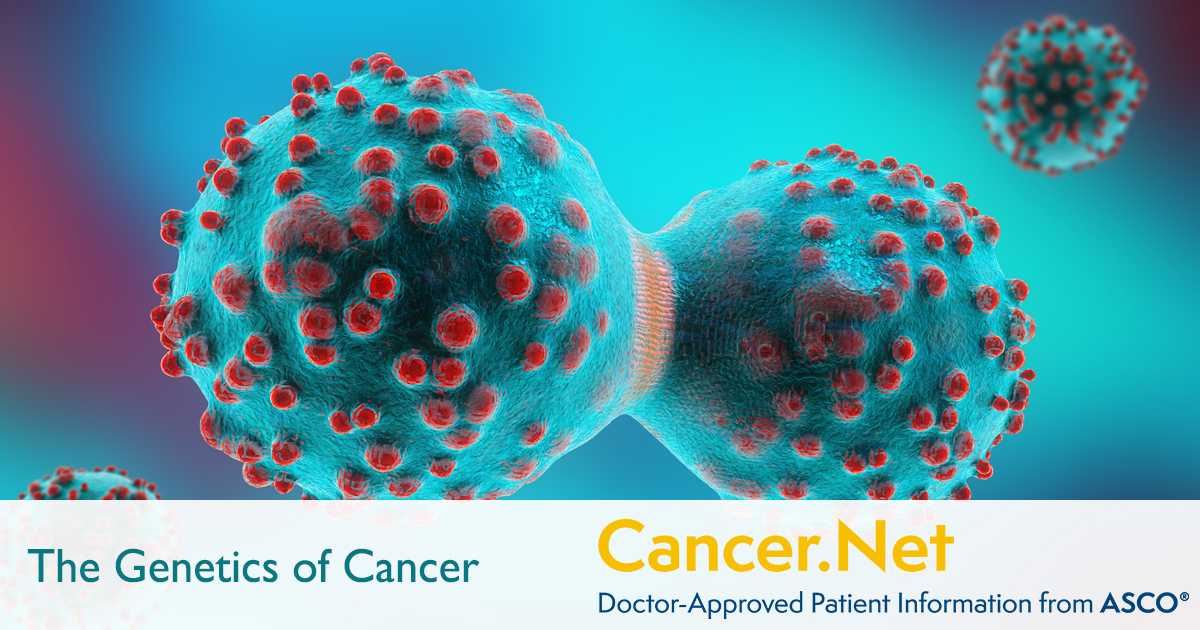
The Genetics Of Cancer Cancer Net
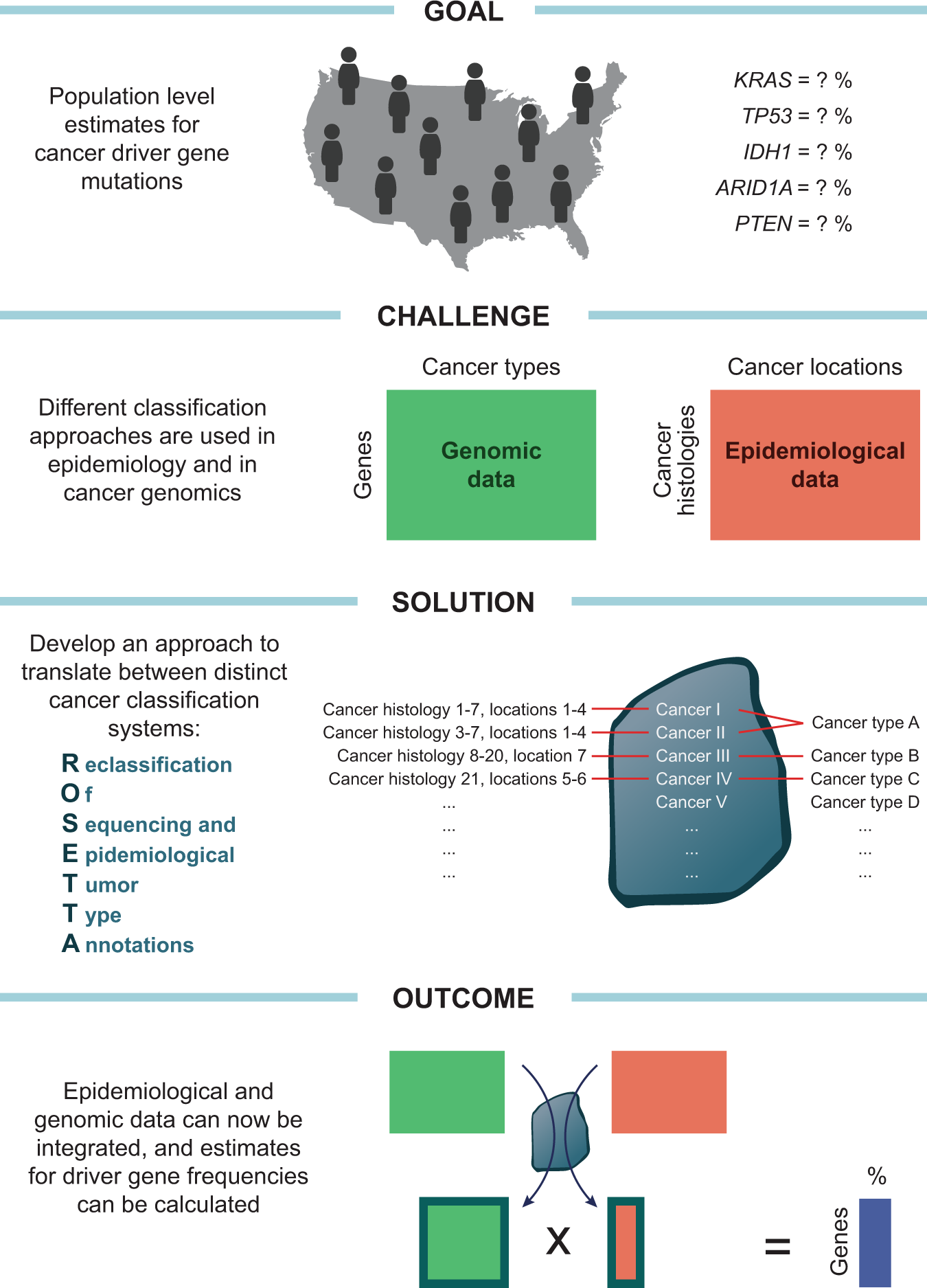
Cancer Gene Mutation Frequencies For The U S Population Nature Communications

The Genetics Of Cancer Cancer Net

Figure 20 24 Four Modes Of The Pentose Phosphate Pathway Hormone Imbalance Treatment Hormonal Imbalance Causes Biochemistry
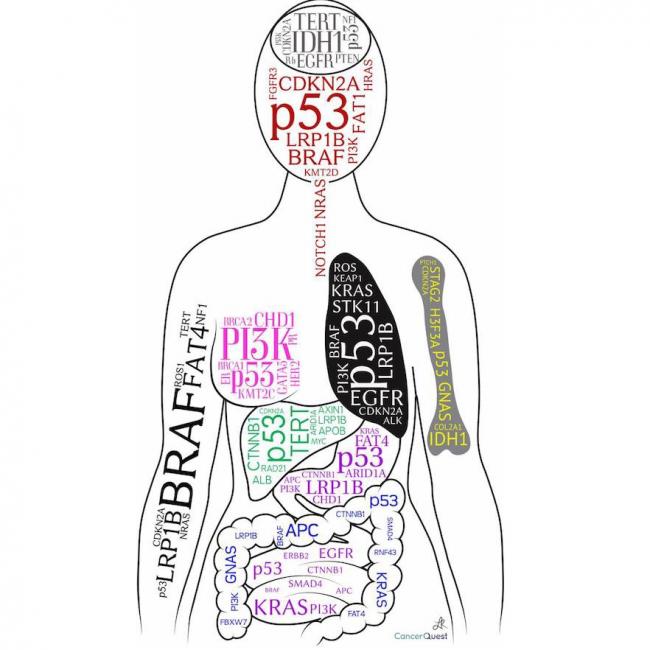

Comments
Post a Comment